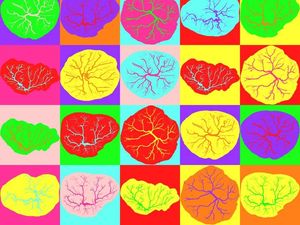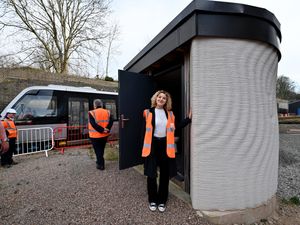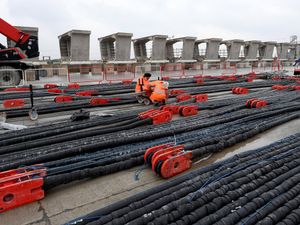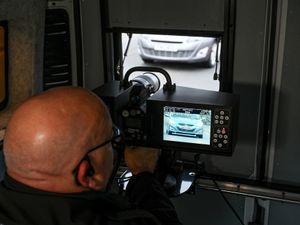15 breathtaking images you need to see from the EPSRC annual science photography competition
There were more than a 100 entries for the contest.

An image of an atom, an extreme close-up of a butterfly’s wing and a photo of a robotic arm taking a selfie are some of the images that are featured in a prestigious science photography competition.
The winning image came from David Nadlinger, whose photo, “Single atom in an ion trap”, was captured through the window of a vacuum chamber in an Oxford University laboratory, using an ordinary digital camera on a long exposure shot.
The image beat more than 100 entries to claim first place overall in the 2018 Engineering and Physical Sciences Research Council (EPSRC) science photography competition.
Other photos which impressed the judges included an extreme close-up of a butterfly’s wing captured by Bernice Akpinar from Imperial College London and a two-part entry from Luke Cramphorn of the University of Bristol Robotics Laboratory, featuring a robotic hand and arm taking a selfie with a selfie stick and a mobile phone.
Here are all the stunning photos from the competition.
1. Single atom in an ion trap

The atom is cooled by a laser inside an ultra-high vacuum chamber. The work provides a pristine platform for exploring and harnessing the unique properties of quantum physics.
2. Nature’s nano-sized net for capturing colour

The ridges in the picture are one micron in height and connected by a series of cross-ribs which trap incident light, producing a colour whose brilliance never fades.
3. Placental pop art

These images show automatically segmented chorionic vascular trees obtained from high resolution photography.





